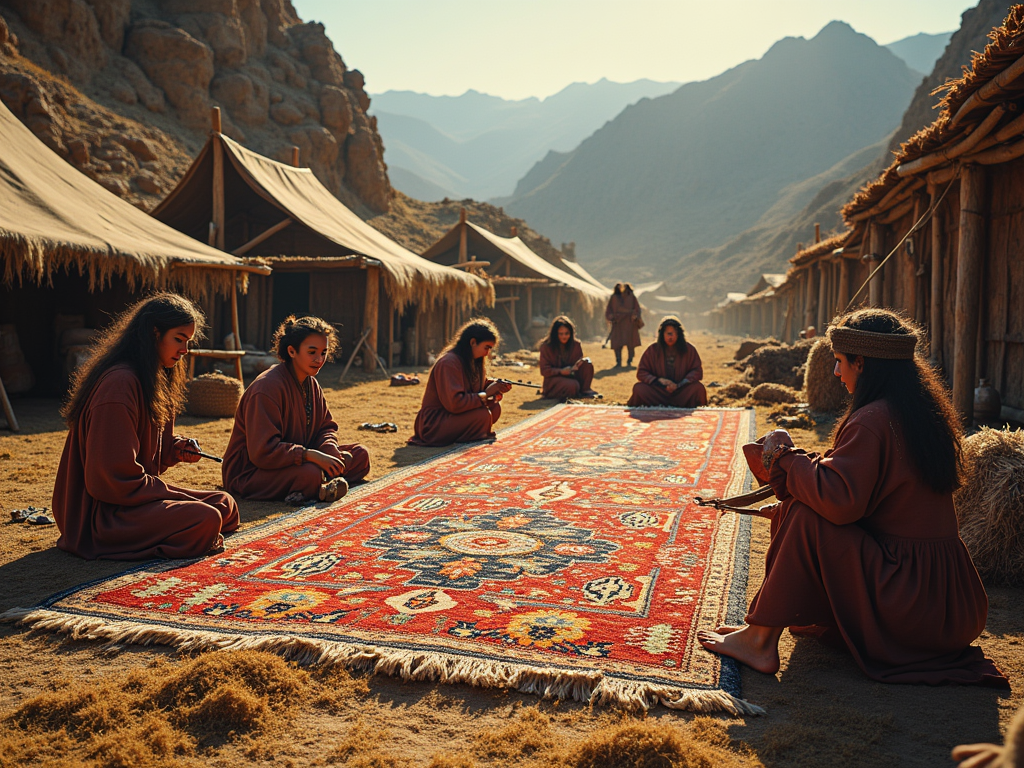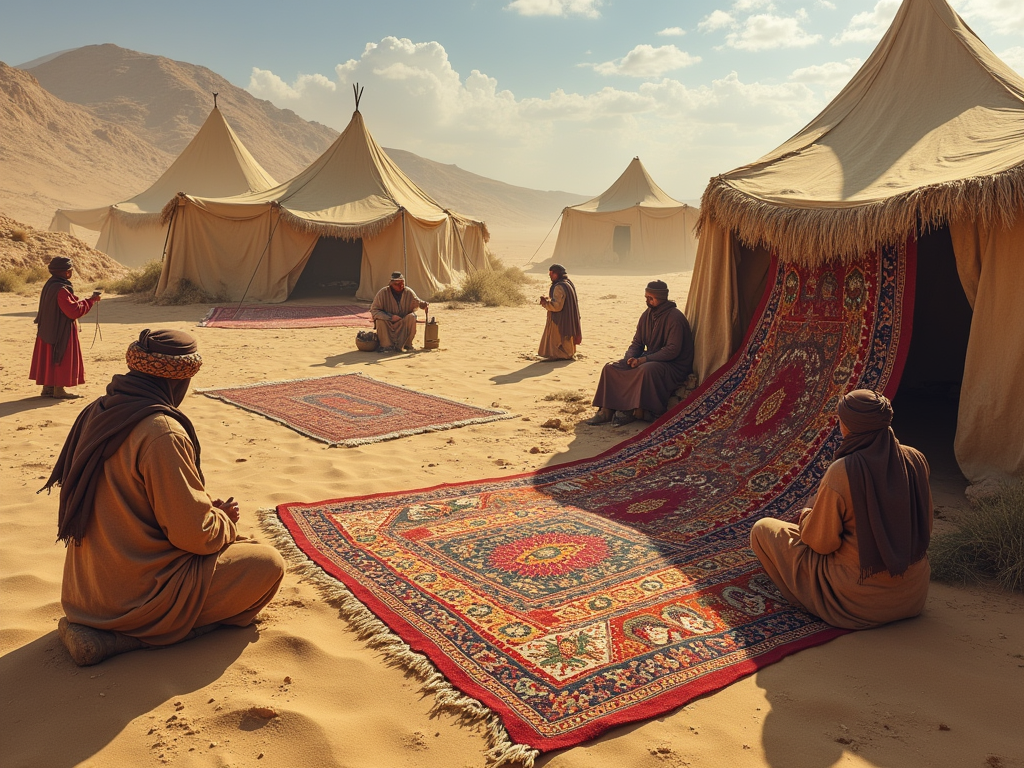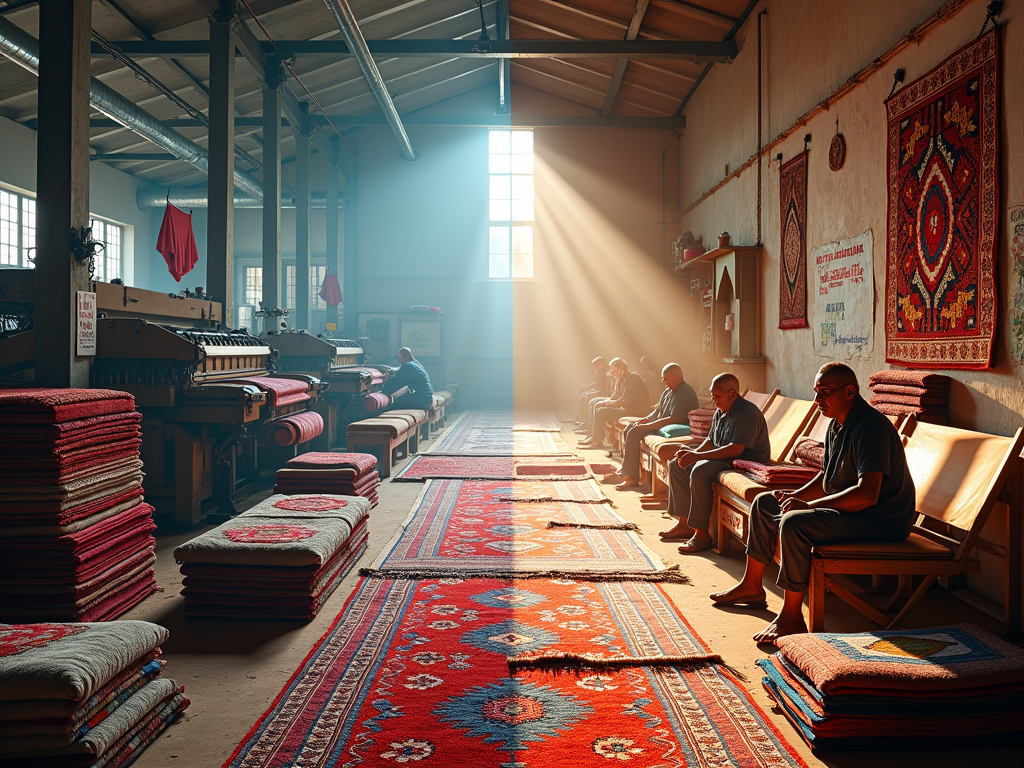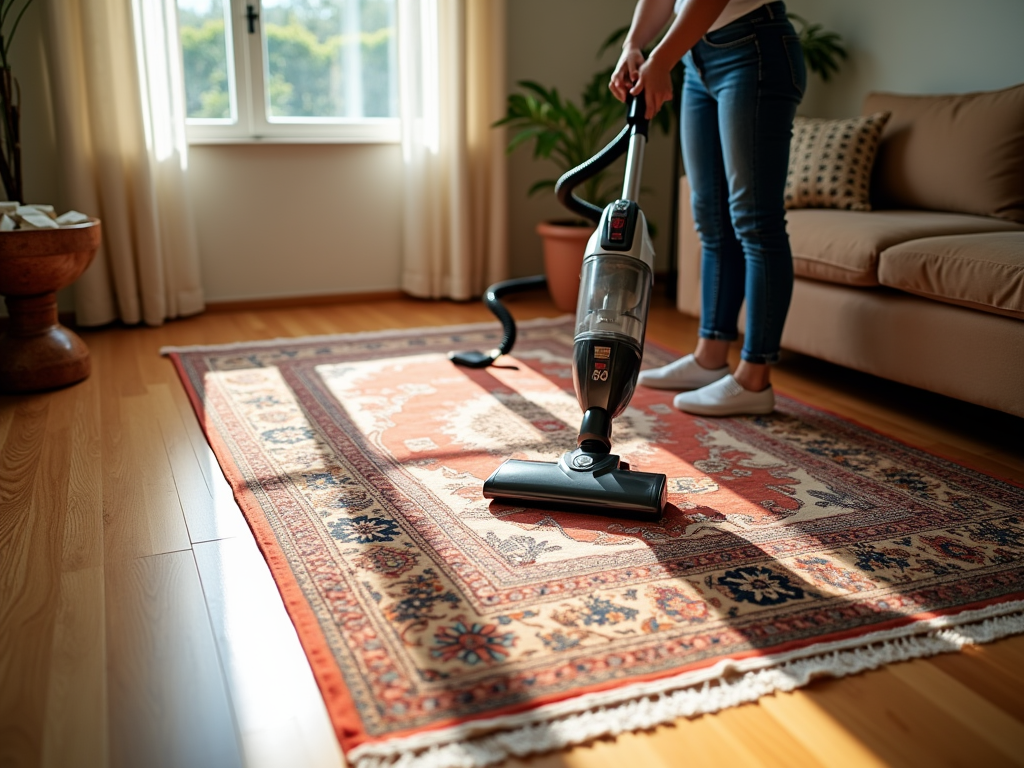
Key Takeaways
- Nomadic tribes crafted rugs primarily for warmth, weather resistance, and as floor coverings.
- Early rug-making relied on flatweave techniques and materials like animal hides, wool, and plant-based fibers.
- Civilizations in Egypt and Mesopotamia introduced intricate artistry and meaningful motifs to rug designs.
- The Pazyryk carpet, dated back to the 5th century BC, stands as the oldest-known knotted pile rug, blending technical expertise with artistic beauty.
- Over time, rug-making shifted from a basic need to an art form, with patterns and themes illustrating traditions and the movement of cultures.
The Art and Functionality of Early Rugs
Rug weaving started out as a necessity for survival. Nomadic tribes crafted them as practical solutions for insulation, floor coverings, and even protection against harsh weather. These early rugs often featured flatweaves, made using common materials like animal hides, wool, and plant fibers. They weren’t about decoration—just a way to make life a bit more livable while on the move.
As techniques developed, rugs began reflecting more than functionality. Cultures like those in ancient Egypt and Mesopotamia started adding artistic touches, turning simple coverings into pieces that represented their traditions and aesthetics. Each region brought unique patterns, colors, and weaving methods into the mix.
The Pazyryk carpet stands as one of the most fascinating links to early rug-making. Unearthed frozen in Siberia, this piece dates back to the 5th century BC and remains the world’s oldest-known knotted pile carpet. Its intricate design, with animal motifs and symmetric knots typical of ancient craftsmanship, shows that rugs had already transitioned into art by then.
Rugs evolved alongside human settlement and culture, becoming more than practical items. They tell stories of traditions, migration, and artistry that spanned continents. To better understand how these elements shaped specific styles, check this comparison about area rugs and Persian rugs. It offers a glimpse into the diverse influences that transformed rugs into what we see today.

The Golden Era: The Rise of Persian Rug Mastery
The 15th to 18th centuries brought an extraordinary period for rug weaving in Persia, now Iran, known as the Golden Age. During this time, royal workshops thrived, particularly under the reign of Shah Abbas during the Safavid dynasty. These court-supported ateliers didn’t just produce rugs; they elevated the craft into an art form.
One standout example from this era is the Ardabil Carpet. Displayed in museums today, it’s often celebrated as one of the finest pieces of woven art ever created. Other notable styles, like Isfahan and Kerman rugs, became equally famous. Each design reflected unmatched precision and creativity, often featuring bold floral patterns, medallions, and incredible symmetry that still captivate modern design enthusiasts.
During this period, new dyes and high-quality materials completely transformed rug-making. Vibrant reds, deep indigos, and soft yellows brought designs to life. These natural dyes, extracted from sources like pomegranate rinds and indigo plants, ensured colors didn’t just pop but aged beautifully over time.
The level of detail achieved during this time really set Persian rugs apart on a global scale. It’s easy to see why these works became symbols of status and luxury, traded and admired far and wide. You can read about the broader distinctions between types of rugs, including Persian styles, in this guide to area rugs and Persian rugs.
Distinct Styles from Regions Around the World
Rug-making has always been shaped by local resources, traditions, and artistry, giving rise to distinct styles tied to specific regions. Each reflects the culture and craftsmanship that brought them to life.
Hallmarks of Prominent Rug Styles
To appreciate these traditions, it’s fascinating to explore the defining features of rugs from different regions:
- Persian Rugs: Known for their unmatched sophistication, Persian rugs feature intricate floral patterns, curvilinear designs, and exceptional knot density, which enhances durability and detail. They remain a cornerstone of luxury interior design thanks to their timeless elegance. Learn more about these differences in style in this comparison of Persian rugs and contemporary area rugs.
- Turkish Rugs: Distinctive for their bold geometric motifs and vibrant colors, Turkish rugs highlight the symmetrical Ghiordes knot, creating patterns that balance precision and boldness. They pair perfectly with rustic or eclectic spaces.
- Caucasian Rugs: These primarily woolen creations showcase dynamic geometric designs with stylized animal motifs and saturated hues. Their raw charm makes them ideal for cozy or traditional aesthetics.
- Indian Rugs: Borrowing heavily from Persian influences, Indian rugs often feature Mughal-inspired architectural and floral motifs. Crafted with cotton and wool, they maintain a unique softness and visual appeal.
- Chinese Rugs: Symbolism reigns in Chinese rugs, where images like dragons and phoenixes dominate. Their silk materials and striking hues add a refined touch.
- Navajo Rugs: Crafted by Indigenous North Americans, Navajo rugs emphasize geometric patterns, earthy tones, and natural dyes. Wool remains the primary material, making them durable and authentic.
Each style carries rich cultural roots, blending utility with artistry to tell a story through warp and weft.
How Industrialization Reshaped the Rug Industry
With industrialization, rug production took a sharp turn. The rise of machine-made rugs made creating textiles faster, cheaper, and widely accessible. It reshaped the market, carving out a space for mass production while putting pressure on traditional, hand-knotted rug artisans. Yet countries like India, Pakistan, Turkey, and Nepal have kept this intricate craft alive, holding onto centuries-old techniques amidst mounting competition.
Interest in antique and vintage rugs has surged, serving as a lifeline for preserving traditional methods. Many collectors and homeowners now seek these timeless pieces, leading to a shift back to valuing craftsmanship over convenience.
Ethical production practices have also gained traction. Concerns about fair trade and sustainability have pushed companies to rethink how they source materials and treat workers. Craft lovers increasingly want rugs that are not only beautiful but also produced responsibly. Learn more about these distinctions in area vs Persian rugs.

Keeping a rug in great condition starts with regular cleaning and smart maintenance. Handmade rugs, like Persian varieties, often require gentler care than their machine-made counterparts. Vacuum the surface weekly—using a low suction setting for delicate fibers. Rotate your rug every few months to distribute wear evenly, especially in high-traffic areas. For spills, blot with a clean, absorbent cloth instead of scrubbing. Water-based cleaners are fine for synthetic rugs, but wool or silk pieces might need specialized solutions.
To prevent damage, safeguard your rug from direct sunlight by repositioning it or using UV-blocking curtains. A properly fitted pad underneath can protect from moisture build-up and reduce slipping. If pests, like moths are a concern, occasional airing and cedar blocks help deter them.
Sometimes, a professional touch is necessary. Periodic deep cleaning and restoration not only revitalize colors but extend your rug’s life significantly longer than DIY methods.

Sources:
The Carpet and Rug Institute
Antique Rug Collectors’ Association
“Oriental Rugs: A Complete Guide” by Murray Eiland Jr.
“Rugs and Carpets of the World” by Ian Bennett
